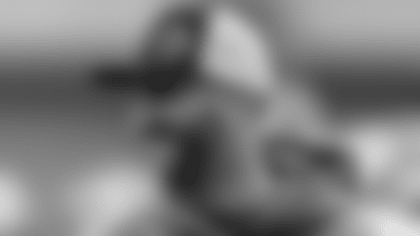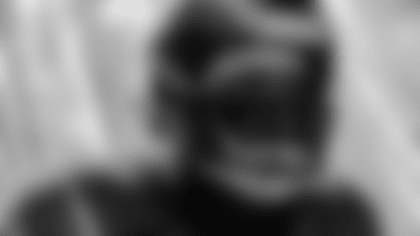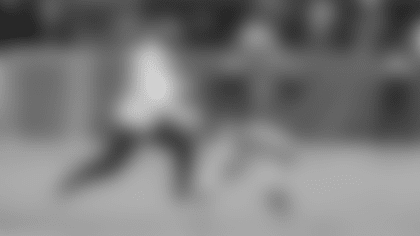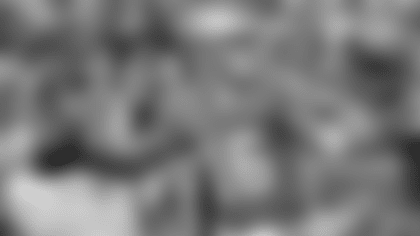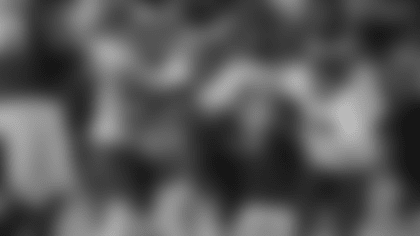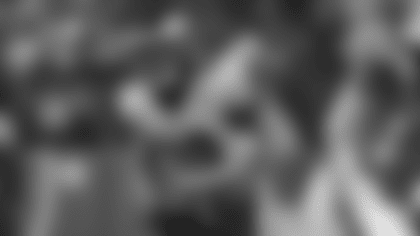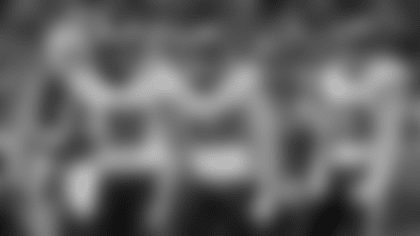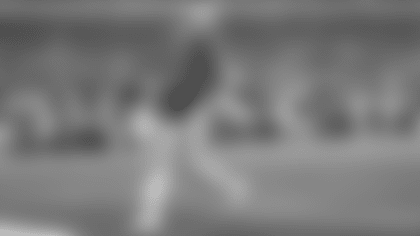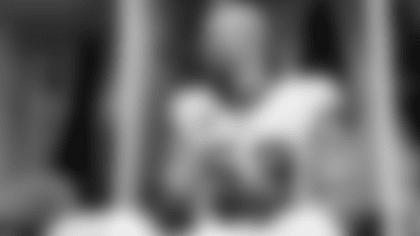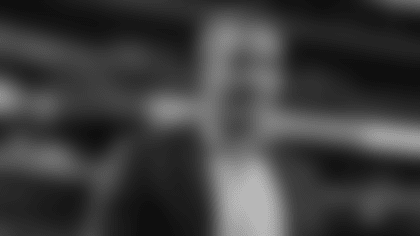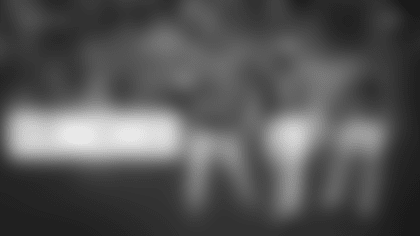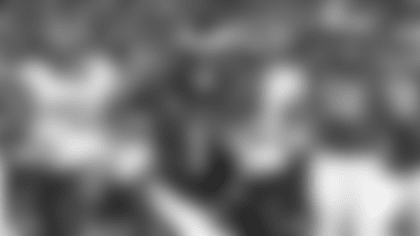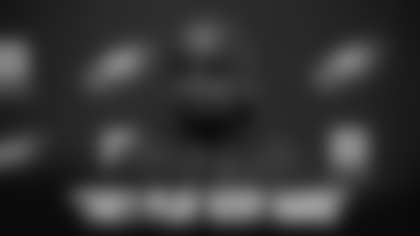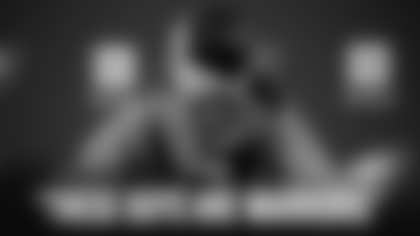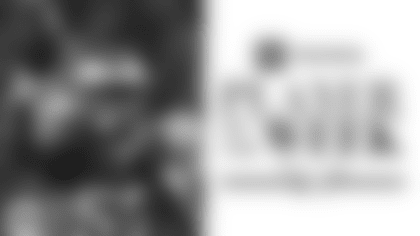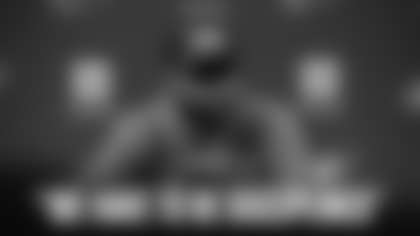It's a slow news days around the NovaCare Complex so instead of the micro picture of the Philadelphia Eagles, let's expand the vision and discuss how the NFL's nine new rule alterations for 2016 could impact this football team.
The rules, voted into place last week at the NFL Annual Meeting in Boca Raton, Florida, range from having virtually no impact to potentially changing the course of a game. Let's do the dive with the new rules list ...
- Permanently moves the line of scrimmage for Try kicks (PAT) to the defensive team's 15-yard line, and allows the defense to return any missed Try (PAT).
NFL placekickers converted 94.2 percent of their point-after-touchdown kicks in the 2015 regular season, down from 99.3 percent in 2014. Kickers missed 71 PATs, and per research provided by the NFL, that's the most PATs missed since 1977 (72 misses) and and lowest conversion percentage since 1982.
The rule was in place for a one-year trial basis in 2015, but it's here to stay now. Get used to it: A 33-yard PAT is now the rule. What's interesting is that at this time last year we wondered how often the Eagles would instead go for the two points following a touchdown. The Eagles didn't try a single two-point conversion in 2015. Cody Parkey was good on all seven of his PAT kicks before going on Injured Reserve with a groin injury while Caleb Sturgis hit on 35-of-37 of his PAT kicks.
- Permits the offensive and defensive playcallers on the coaching staffs to use the coach-to-player communication system regardless of whether they are on the field or in the coaches' booth.
This isn't going to have much of an impact. Head coach Doug Pederson will call the offensive plays and coordinators Frank Reich (offense) and Jim Schwartz (defense) will likely be on the field in game situations. Only one player at a time will have the ability to communicate to the coaching staff, and as Pederson explained it, Reich would likely relay the calls to the quarterback -- having done so during the week of practice and keeping that familiarity in place -- and Schwartz would do the same on defense from the field.
- Makes all chop blocks illegal.
A chop block is defined as an attempt by an offensive player to block at the thigh level or lower a defensive player who is already being blocked above the waist by another offensive player. In previous seasons, a chop block was considered legal on running plays when (i) the blockers were aligned next to each other on the line of scrimmage, (ii) the blockers were lined up anywhere on the line and the flow of the play is towards the block or (iii) the cut blocker was aligned in the backfield and the chop block took place outside the original tight end position. The cut blocker is said to "chop" the defender and usually engages simultaneously with or immediately after the high block. A "reverse chop" occurs when the high block comes immediately after the low block and the same rules apply. All chop blocks are now eliminated, and are now considered an illegal move with a 15-yard penalty. Impact for the Eagles? Not much, if at all. The team was not penalized in 2015 for any low blocks, and had just two low-block penalties in the 2014 season.
In the National Football League (NFL), a chop block was considered legal on running plays when (i) the blockers were aligned next to each other on the line of scrimmage, (ii) the blockers were lined up anywhere on the line and the flow of the play is towards the block or (iii) the cut blocker was aligned in the backfield and the chop block took place outside the original tight end position.[1] The cut blocker is said to "chop" the defender and usually engages simultaneously with or immediately after the high block. A "reverse chop" occurs when the high block comes immediately after the low block and the same rules apply. On March 22, during the 2016 NFL Owner's meeting, all chop blocks were eliminated, and are now considered an illegal move with a 15 yard penalty.
- Expands the horse collar rule to include when a defender grabs the jersey at the name plate or above and pulls a runner toward the ground.
All 32 teams in the NFL combined for 14 horse collar tackles in the 2015 season, when the rules were much more restricted and flags were thrown when defenders grabbed the opening of the jersey and/or shoulder pads on a player's back and pulled them to the ground. Now defenders have to be better in their technique, as penalties will be called when a defender grabs the jersey at the name plate or above and pulls a runner toward the ground. This is a 15-yard penalty when enforced. Defenders will not be penalized if they pull the hair of the ballcarrier and bring him to the ground, however.
- Makes it a foul for delay of game when a team attempts to call a timeout when it is not permitted to do so.
The lesson: Save your timeouts, be aware of all game situations and make sure everyone is on the same page with regards to timeouts remaining. This is a five-yard penalty.
- Eliminates the five-yard penalty for an eligible receiver illegally touching a forward pass after being out of bounds and re-establishing himself inbounds, and makes it a loss of down.
Once an eligible receiver goes out of bounds without being forced out and then gets back in bounds and re-establishes himself, he cannot be the first player to touch the football. If so, he is penalized. In previous cases, the offensive team would lose 5 yards and the down would be replayed. Moving forward, the offensive team will lose the down. The rule stays the same, in other words, but the penalty is enforced differently.
- Eliminates multiple spots of enforcement for a double foul after a change of possession.
Let's say the Eagles kick off to the Giants and on the return there is a penalty called against both teams. Instead of looking at where on the field the penalties occurred and moving field position accordingly, the penalties, in effect, offset, and play is resumed where the ball carrier is tackled. This happens very infrequently, so this rule change will have very little impact on the course of a game.
- Changes the spot of the next snap after a touchback resulting from a free kick to the 25-yard line. Approved on a 1-year trial basis.
This rule change could have the greatest impact on the game. Instead of having a touchback following a kickoff brought out to the 20-yard line, the NFL will experiment this year with having it brought out to the 25-yard line. What will that mean? Fewer returns from kickoff return men who catch the ball in the end zone? Or will it mean that teams will aim to land the kickoff at the 1- or 2-yard line and run down and cover the kick? How will teams play it?
If the idea is to reduce the number of kickoff returns, well, it's going to be interesting to see how kickers treat the kickoff. What good is blasting a kickoff deep into the end zone if a team gets a first down at the 25-yard line?
Consider this: The Eagles ranked 16th in the NFL last season with average starting spot of the 21.4-yard line after kickoffs. Minnesota led the NFL with a starting position after kickoffs at the 25.0-yard line.&
- Disqualifies a player who is penalized twice in one game for certain types of unsportsmanlike conduct fouls. Approved on a 1-year trial basis. The penalties that apply to this rule: Throwing a punch or kicking an opponent, using abusive language with opponents, officials or teammates and taunting.
Brandon Graham received the single taunting penalty on the Eagles in the 2015 season and nothing came of it. The defense had just stuffed Dallas running back Darren McFadden on a third-down run up the middle and Graham, who was not credited with the tackle, stood over McFadden, said something, and was penalized 15 yards for taunting. Thankfully for Graham and the Eagles, Dallas did not score on the drive and the Eagles won the game, beating the Cowboys in overtime to reach 4-4 on the season.
Graham, though, knew he blew it.
"I just leaned over and said, 'We set the edge here,''' Graham said a few days later at the NovaCare Complex. "I looked up and I knew I was in trouble. I saw Coach was (upset), I saw Fletcher Cox angry with me. I knew it was stupid and I won't be doing that again."



